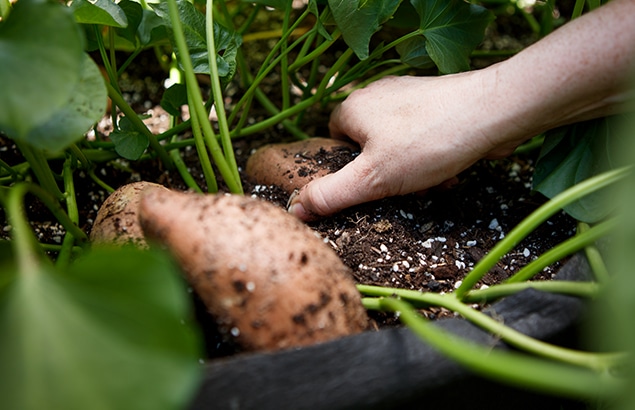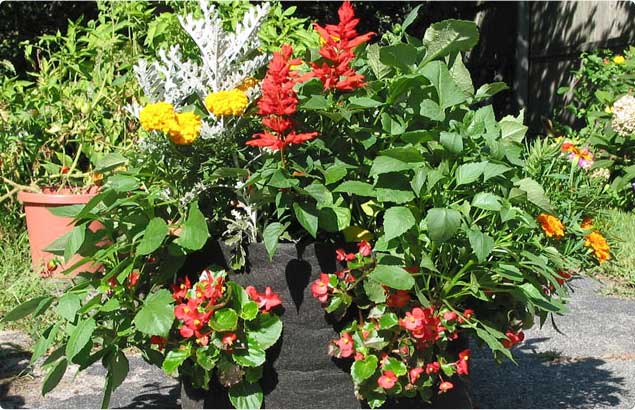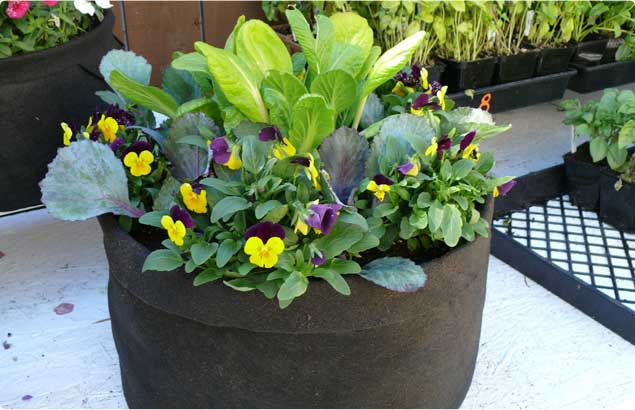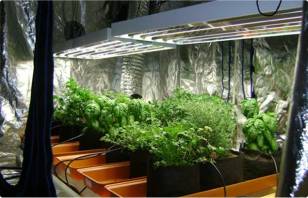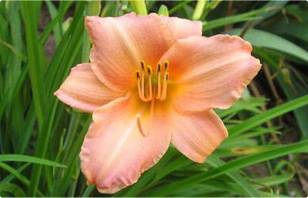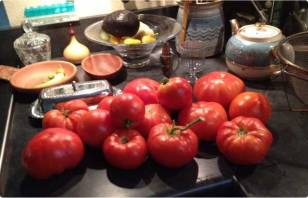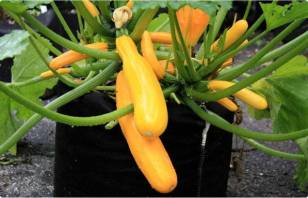Grow Before the Winter Snow: 5 Tips for Gardening in the Fall
Don’t look now, but autumn is fast approaching. Those sunny summer rays get a wee bit shorter every day. If you have a healthy addiction to gardening, don’t despair. There are plenty of crops to grow in your fall vegetable garden. Here are 5 fall gardening tips to help you sow the seeds of success.
1. Stock up on seeds. As fall approaches, it may be difficult or impossible to get seeds for your fall vegetable garden. Lawn and garden stores often sell out during the spring and summer planting frenzy. Don’t get left out in the cold. Plan ahead, and get your fall garden seeds early.
2. Grab an almanac. Frost is the arch enemy of vegetable crops. So you’ll need to plan your harvest time with a little room to spare. Plan to harvest your fall vegetable garden one to two weeks before the first predicted frost. If you see frost in the forecast, you’ve got two choices:
- Harvest early.
- Transplant your crops inside. Depending on the size of your fall garden, this might not be an option. Whatever you do, keep an eye on the weather forecast. Who knows, you might get lucky and enjoy a few extra weeks of frost-free weather!
3. Tweak your timing. As daylight hours grow shorter, your crops will take longer to mature. As a rule of thumb, you’ll want to add two to three weeks to the expected maturity date to allow for slower growth.
4. Choose cultivars carefully. As you’ve probably noticed, gardening in the fall takes meticulous planning. And selecting the proper crops is no exception. Here are just a few varieties that work especially well for the fall garden:
- Leafy greens including lettuce, kale, collards, arugula, spinach and Swiss chard.
- Other cruciferous veggies like broccoli, cauliflower and Brussels sprouts.
- Root vegetables such as parsnips, beets, turnips and radishes.
- Pod varieties like beans and peas.
This list is a great start, but there are tons of herbs and veggies that are perfectly suited for your fall vegetable garden. So get busy on Google, or grab your almanac and do some quick math!
5. Compost and water. You’ve spent your spring and summer harvesting delicious crops. By fall, your garden soil may be depleted of much-needed nutrients. So… show it some love! Before you plant, enrich your soil with a high-quality compost. Start by digging two to four inches into the soil. Mix the compost in and rake the soil back into place. After planting, water thoroughly.
Don’t let the cooler days of autumn fool you. Your plants are still thirsty, and the stakes are even higher. If you let your fall garden crops stagnate through dehydration, they might not mature before the first frost. Keep a keen eye on hydration levels, and it’ll be smooth sailing.
Start planning your fall vegetable garden today!
With seeds to buy and plantings to schedule, there’s no time to waste. Grab a calendar, schedule your plantings and get ready for a bountiful fall. With planning, pluck and a little luck, your fall vegetable garden will keep you stocked all winter long!
